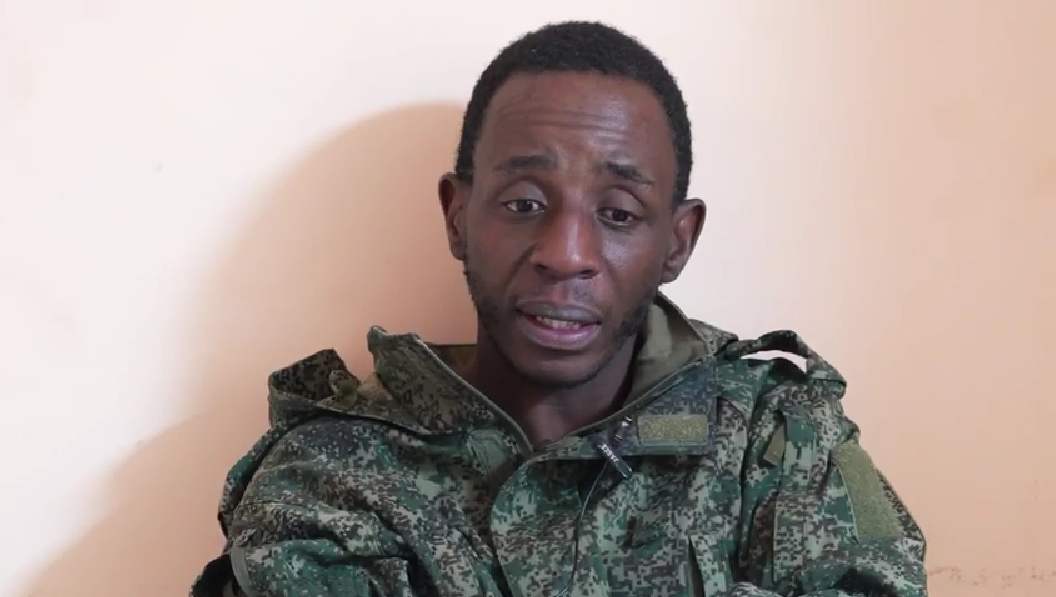- Details
- East Africa
- 35
I didn't know we were going to Balashikha. I knew we were going to the supermarket,” he said.
In Summary
Akantorana Richard, born in 1982, said he left Uganda in search of better economic opportunities to support his family.
- A father of two, Richard described years of unstable work in Kampala that made him vulnerable to recruitment promises
Akantorana Richard, born in 1982, said he left Uganda in search of better economic opportunities to support his family.
A father of two, Richard described years of unstable work in Kampala that made him vulnerable to recruitment promises.
“I am Akantorana Richard. I was born in 1982. I am a Ugandan. I have two daughters and my wife,” he said.
“I went to work in Kampala. I used to work as a cleaner in a supermarket, sometimes as a boda boda cyclist.”
According to Richard, he was approached by an individual who promised him well-paying jobs in Russia, including work in supermarkets, factories, airport security and cleaning services.
Believing the offer was legitimate, he secured a loan from a savings and credit cooperative to finance his travel.
“Somebody found me on the streets and said there are some jobs in Russia… and they are well-paying jobs,” he said. “I got a loan from a sacco, to buy ticket to Russia. We were only four.”
However, upon arrival, Richard said the reality was starkly different.
Instead of civilian employment, he and his companions were taken to Balashikha (), where they were informed they would be joining the Russian military.
“I didn't know we were going to Balashikha. I knew we were going to the supermarket,” he said.
“On reaching there we saw the gates opening and they said… sorry guys, you are joining the Russian military.”
He said their objections were dismissed and they were coerced into compliance.
“We told them this is not what brought us here but they said there's nothing we can do. You can't cross the gate, it is locked,” Richard said. “He put us at gun point and said you have to sign these papers.”
Richard described being transported overnight in a large truck to an undisclosed location.
“At around 1 am, they put us inside a big truck and drove us around, we didn't know where we were,” he said, adding that conditions worsened when they were taken to a forested area and held underground.
“The underground was horrible, there were bedbugs. We were only given biscuits and water.”
He said despair gripped the group, with some suggesting suicide, but he refused.
Richard later managed to escape under the cover of darkness and ran until he encountered soldiers from Ukraine’s 63rd Separate Mechanized Brigade.
“I said, ‘Help me please, I am innocent,’” he recalled. “They said this is the Ukrainian Army, you are in safe hands now.”
Richard said the soldiers gave him water and reassured him of his safety.
He used his experience to warn other Africans against similar recruitment schemes.
“They are promising you well-paying jobs in Russia. It's a lie,” he said. “When you get there, they force you to sign a contract at gun point. It's better you stay in Africa, with your people.” added that he does not know the fate of the others he travelled with.
“I have escaped by God's grace. The others are in jail somewhere, I don’t know where,” he said. By BRIAN ORUTA, The Star





